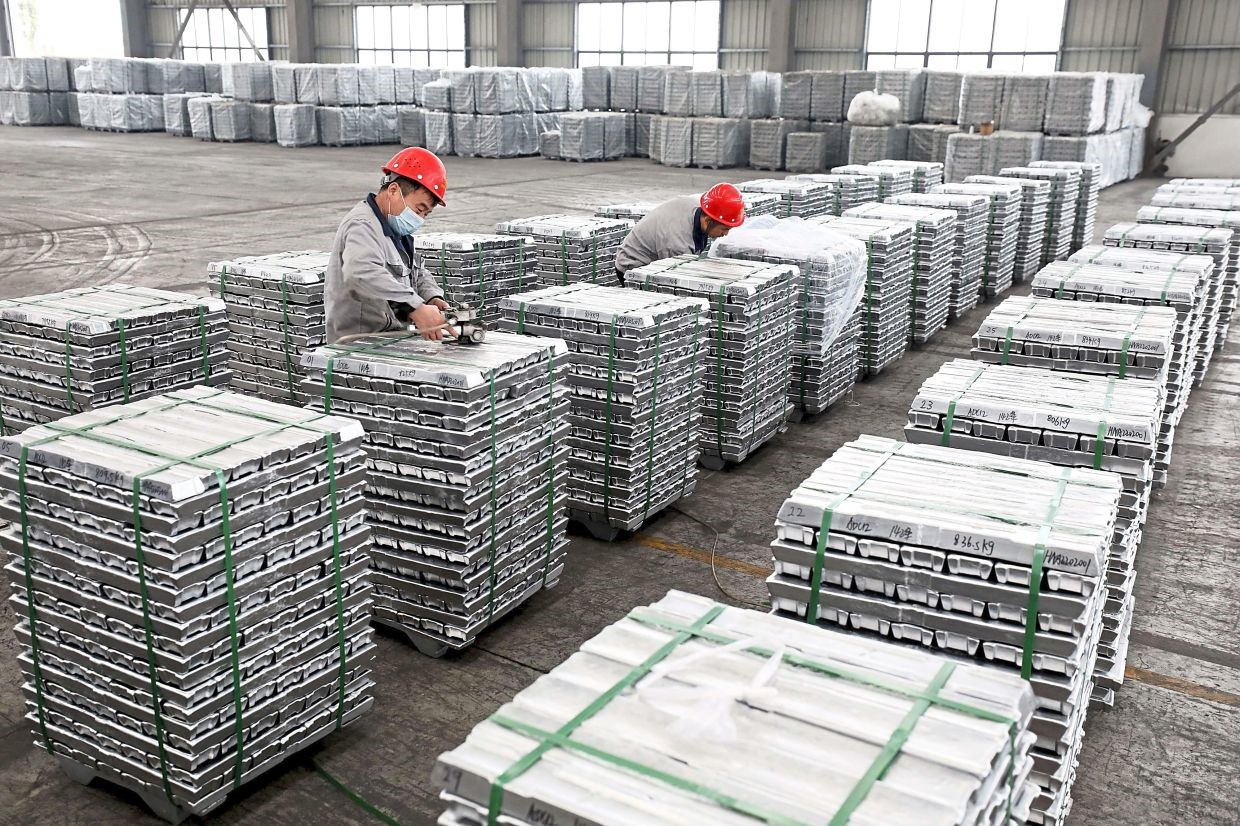

According to the Shanghai Metals Market, China’s aluminium production amounted to 3.41 million tonnes in October (31 calendar days), with daily output of 110,100 tonnes. The monthly output reflected a 7.8 per cent growth year-on-year, driven by domestic operating capacity rise in October and more significant output growth in Sichuan. The operating aluminium capacity in Sichuan ramped up to about 360,000 tonnes in October, up by 160,000 tonnes M-o-M.

On the other hand, the resumption of capacity in Guangxi and the commencement of new capacity in Guizhou and Inner Mongolia were slower than expected. In Yunnan, aluminium production dropped significantly as some smelters suspended their operation. About 1.17 million tonnes of the present capacity (4.04 million tonnes) in Yunnan was reduced through September and October 2022.
From January to October, China churned out 33.3 million tonnes of aluminium in total, reflecting an increase of 3.3 per cent from the previous year.
As of the beginning of November, Chinese installed capacity of aluminium reached 45.16 million tonnes, with the operating capacity at 40.34 million tonnes, showed SMM. In October, transportation was a constraint due to the pandemic and aluminium smelters shipped aluminium liquid directly to local downstream enterprises without casting to save energy, which resulted in a rise in the proportion of aluminium liquid by 1.36 per cent on the month to 69.75 per cent in October 2022.
In November, decline in aluminium production may exceed 100,000 tonnes, as high-cost smelters in Shandong and Henan are likely to reduce output. In addition, according to SMM research, the commissioning of new capacity in Guizhou may delay until December.



Responses






